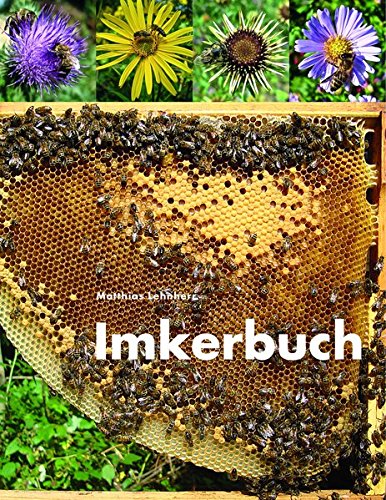Atividade antimicrobiana de méis de cinco espécies de
abelhas brasileiras sem ferrão
Antimicrobial activity of honey from five species of
Brazilian stingless bees
RESUMO
A atividade antimicrobiana de méis produzidos por Melipona
asilvai, Melipona quadrifasciata anthidioides, Friseomelita doederleinei,
Tetragonisca angustula e Plebeia sp. foi investigada. O teste de difusão em
poço demonstrou que todos os méis tem ação antibacteriana frente a
Staphylococcus aureus, mas somente as amostras produzidas por M. quadrifasciata
anthidioides e F. doederleinei inibiram o crescimento de Escherichia coli. No
ensaio de determinação da concentração inibitória mínima, os méis de M. asilvai,
M. quadrifasciata anthidioides, F. doederleinei e T. angustula foram mais
ativos que os de Plebeia sp. frente a S. aureus e E. coli. Os micro-organismos
Pseudomonas aeruginosa e Candida albicans foram resistentes a todos os méis em
ambos ensaios. Os méis foram mais efetivos contra as bactérias do que frente a
uma solução de açúcar, sugerindo que o mecanismo de inibição do crescimento
bacteriano não está somente relacionado ao efeito osmótico. Os resultados
obtidos podem explicar o uso medicinal desses méis em doenças bacterianas.
ABSTRACT
The antimicrobial activity of honey produced by Melipona
asilvai, Melipona quadrifasciata anthidioides, Friseomelita doederleinei,
Tetragonisca angustula and Plebeia sp. were investigated. The agar well
diffusion assay demonstrated that all honeys had antibacterial activity against
Staphylococcus aureus, but only the samples from M. quadrifasciata anthidioides
and F. doederleinei inhibited the growth of Escherichia coli. In the Minimum
Inhibitory Concentration determination assay, M. asilvai, M. quadrifasciata
anthidioides, F. doederleinei and T. angustula honeys were more active than
that from Plebeia sp. for S. aureus and E. coli. The microorganisms Pseudomonas
aeruginosa and Candida albicans were resistant to the all native stingless bee
honeys in both assays. Honeys were more effective against bacteria than a sugar
solution, suggesting that the mechanism for bacterial growth inhibition is not
only related to the osmotic effect. The results of antimicrobial activity may
explain the popular medicinal use of these honeys in bacterial diseases.
 Lehnherr, Mathias (8. Aufl. 2017) [1992]: Imkerbuch
Lehnherr, Mathias (8. Aufl. 2017) [1992]: Imkerbuch



